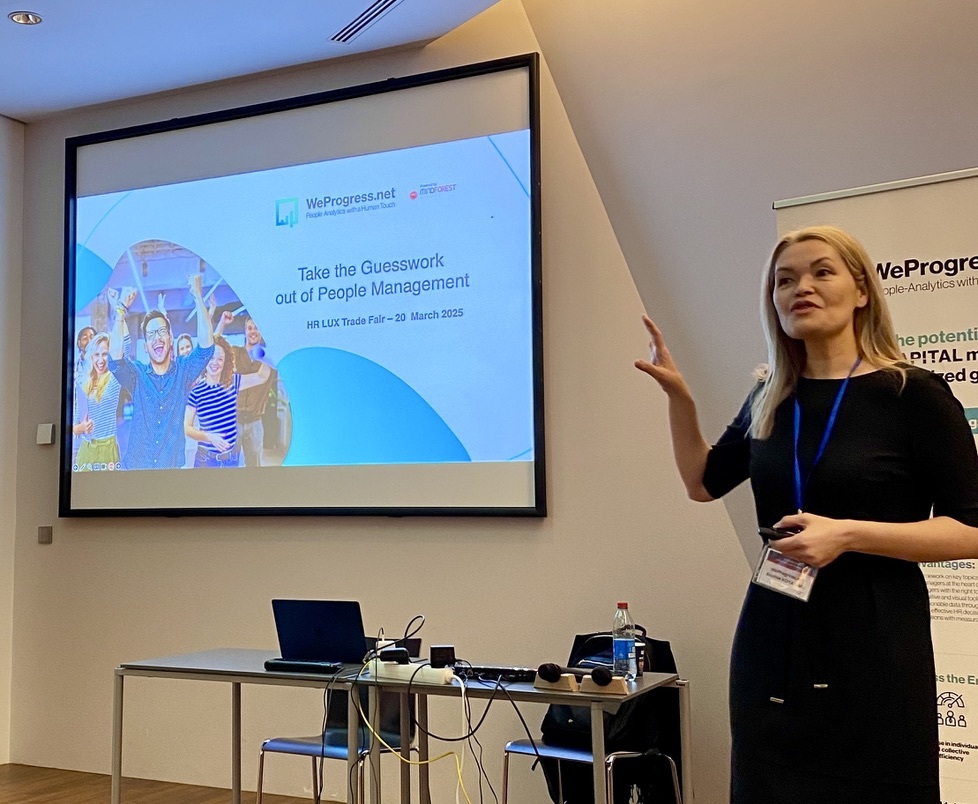Corporate social networks – the new generation intranet
In recent years, corporate social networks (CSNs) have flourished. All sectors now have some level of contact with such platforms, which most often complement an intranet. The aim behind these channels is to promoteexchanges between units to break down the silo effect, reduce the flow of e-mails, encourage the spontaneous emergence of new internal communities and support participative innovation. Having enjoyed considerable success in recent years, using such internal platforms, for example Jive, Yammer, Bluekiwi, etc., has multiple effects many of which have not yet been analysed, but seem to apply to knowledge sharing, productivity gains, development of collaboration and communication.
In any organisation, the implementation of efficient knowledge management is essential. Very often, we notethat knowledge is capitalised in a storage logic and that the accumulated knowledge remains static. Faced with the rigidity of formal “Knowledge Management” tools, the corporate social network appears to offer an ad hoc solution. Indeed, what could be better than the strength of the human link to transmit knowledge? The desire to help, to share what we do, what we know and also the recognition we receive is a powerful engine for knowledge sharing. This is the basis of any knowledge management strategy: ensuring that employees convert tacit knowledge into explicit knowledge. In short, developing a shared collective intelligence. Moreover, it can substantially shorten the completion of a project, the ‘time-to-market’, and also improve the quality of the final result. The CSR therefore improves productivity by facilitating access to information, as well as by encouraging its sharing and appropriation.
As a lever for innovation that facilitates the emergence of new ideas, the corporate social network also compensates for the shortcomings of e-mail and embodies the collaborative web. Teams share their points of view about a problem that needs solving or a change to come. Together, they combine strategic vision and operational experience to identify priorities or build an action plan. By helping to bring employees together, the CSR serves to break down the barriers between different departments and gives each user a more cross-functional view of the organisation’s activities. Thanks to more open communication, multiple interpersonal links are created and multiplied within the organisation, and at the same time solidarity and shared values are created, which makes a vast contribution to improving the work climate. And such results are far from neglible: pleasure at work, commitment, mobilisation, loyalty, etc.
However, be careful not to fall into the trap of social media. It is common to hear that they are distracting and time-consuming. If they are used for private rather than professional purposes, productivity can be lost. It is therefore important to ensure that they are used appropriately, which is why you need to train users properly in its functionalities and to set clear rules from the outset in order to optimise the tool’s performance. Similarly, the implementation of a corporate social network can be hampered by the reluctance of certain employees who are unfamiliar with new technologies. It is then a matter of convincing them to change their habits and overcome their prejudices, particularly in terms of data security.
Even if internal social networks are still the preserve of innovative organisations, they are likely to be here to stay. They are part of a set of technologies that are shaping a more decentralised and mobile world of work, as demonstrated by the SoLoMo (Social, Local, Mobile) trend, which consists in particular of thinking about a work organisation where location and physical presence are no longer as decisive as before.
Now all you need to do is get signed up!
WANT TO RECEIVE OUR LATEST THOUGHT LEADERSHIP CONTENT?
Related posts
 Take the Guesswork out of People Management
Take the Guesswork out of People Management
 From processes to people: achieving quality
From processes to people: achieving quality
 Daring to lead Positive Transformation: What if Positive Emotional Capital was your key to sustainable change?
Daring to lead Positive Transformation: What if Positive Emotional Capital was your key to sustainable change?
 Why hire Change management professionals? We can do it alone!
Why hire Change management professionals? We can do it alone!
 Digital Transformation and Change Management: Lessons shared in an event hosted by Cebi and MindForest
Digital Transformation and Change Management: Lessons shared in an event hosted by Cebi and MindForest



